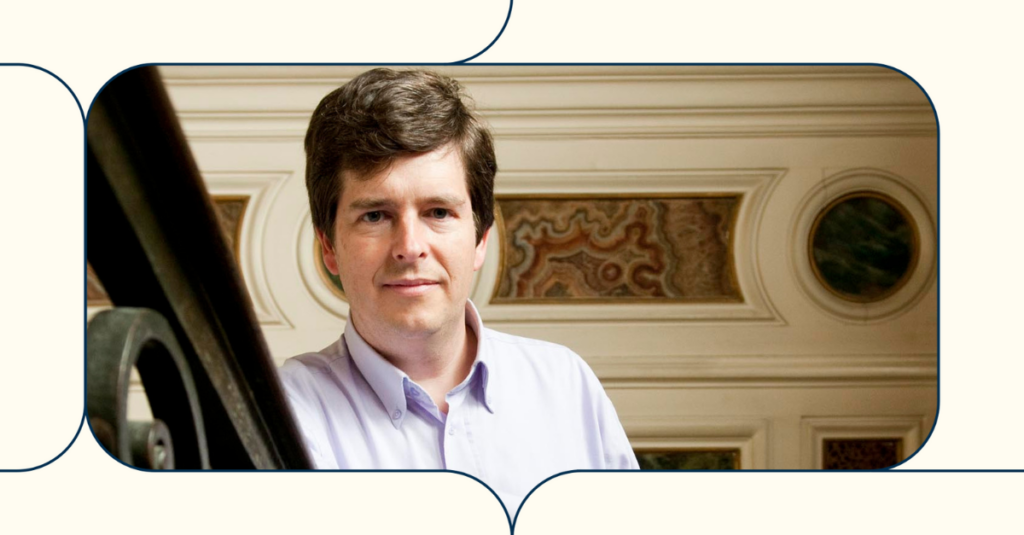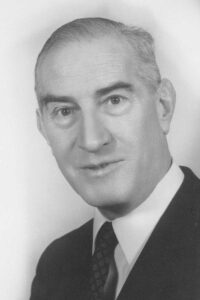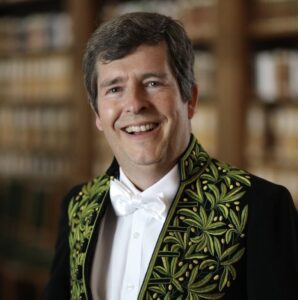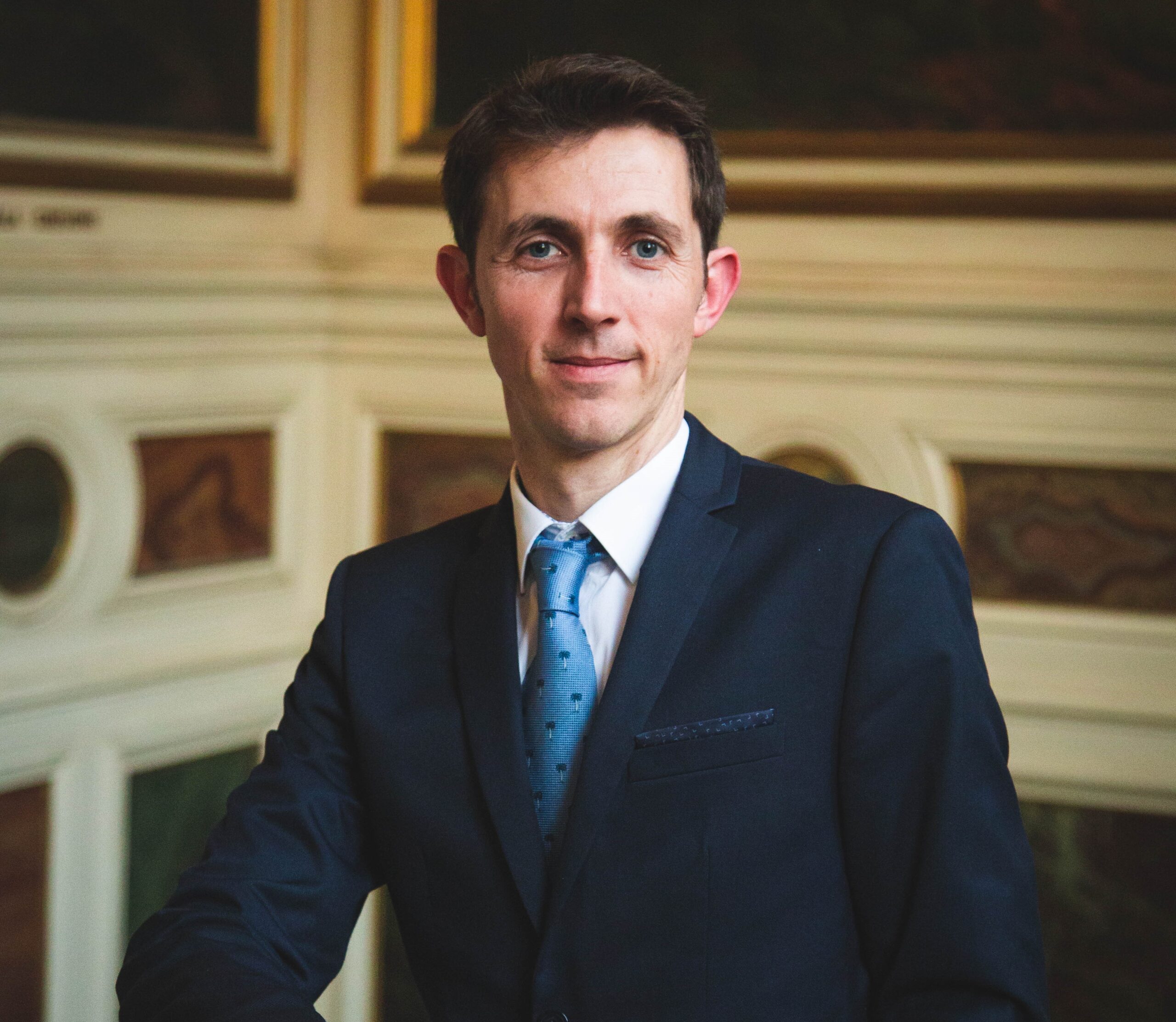“Promoting excellence in research by young researchers in solid mechanics and materials”: three questions to Samuel Forest on the launch of the Jean Mandel 2025 Prize competition.


Created in tribute to Jean Mandel (1907-1982), an eminent researcher and professor at Mines Paris – PSL and École Polytechnique, the Jean Mandel Prize celebrates remarkable advances in the fields of solid mechanics and materials. Jean Mandel, a pioneer in the plasticity of metals and soils, left a lasting mark on these disciplines through his work on elasto-plasticity, rheology and structural modeling. Since 1982, this biennial prize has embodied his legacy by rewarding promising researchers who contribute to the development of mechanical sciences.

The Jean Mandel Prize is awarded for outstanding theoretical, experimental and applied work. It is aimed at young researchers or teams meeting criteria of scientific excellence and having a significant impact on key sectors such as energy, transport or construction. The prize perpetuates Jean Mandel’s vision and stimulates the development of French research.

The competition is organized by École Polytechnique’s Laboratoire de Mécanique des Solides (under the direction of Andrei Constantinescu) and the Centre des Matériaux de Mines Paris – PSL (headed by Jérôme Crépin). The coordinators, Eric Charkaluk and Samuel Forest, ensure the scientific excellence of the selection process.
To participate, candidates must:
Applications are open until February 15, 2025.
Applications must include :
Documents should be sent in PDF format to Samuel Forest, jury secretary (samuel.forest@minesparis.psl.eu). Although not mandatory, a recommendation by a scientific figure is strongly encouraged.
The prize, worth 8,000 euros, will be awarded at the Congrès Français de Mécanique in Metz (August 25-29, 2025), where the winners will have the opportunity to present their work.

Samuel Forest is a specialist in the mechanics of materials and multi-scale modeling. His contributions to the study of the viscoplastic behavior of metals and structures have become benchmarks in the field.
Jean Mandel opened up new avenues of research that are still extremely relevant today. His theoretical results in the mechanics of heterogeneous materials are the basis for modeling the behavior of composite materials, now widely used in the industrial components of aeronautical and automotive structures. Another important aspect is the modeling of the plasticity of crystalline materials, particularly metals. Its model of large anisotropic elastoplastic deformations is now the international standard. It can be used to simulate the forming and processing of metal alloys, such as the rolling of steel and aluminum sheet, a strategic process for the processing industries. Finally, its results on predicting the failure of materials and soils through the formation of shear bands or the localization of plasticity and damage, inspire the formulation of current criteria for structural instability and material failure. These subjects are extremely difficult, given the variety of physical deformation and damage mechanisms at work in different classes of materials. This explains why Jean Mandel’s legacy is so relevant today.
Traditionally, the prize jury appreciates the rigor of the scientific approach to mechanics, combining mathematical, physical, numerical and experimental aspects to characterize the behavior of materials and structures. Several important themes have been highlighted in recent editions of the prize. Contact mechanics, for example, is concerned with the analysis of interactions between deformable bodies, friction between surfaces in contact and the physical nature of surface roughness, with a view to optimizing wear properties in particular. Additive manufacturing now makes it possible to design and manufacture materials tailored to specific properties, going beyond the usual honeycomb structures. Finally, we should mention damage and fracture mechanics, which aims to predict the formation and propagation of cracks in materials and structures. What is the propagation speed of a fatigue crack in an aircraft engine turbine disk, or in an internal steel component of a nuclear reactor vessel? Sustainability issues that are essential to society, and which are still wide open and fascinating from a scientific point of view, despite remarkable progress over the last fifty years!
Since its inception in 1982, the Jean Mandel Prize has been a prestigious award of which the young laureates and their laboratories can be proud. Just look at the remarkable careers of past winners. French research in the mechanics of materials and structures has enjoyed widespread international recognition over the past fifty years, thanks in particular to the pioneering role played by French researchers who have left their mark on the discipline: Jean Mandel, Paul Germain, then Jean Lemaitre, Jean-Louis Chaboche, André Pineau, André Zaoui, Dominique François and others. Young researchers continue to be as inspiring as ever, and their contributions today continue to attract the interest of the international community, notably through high-quality scientific articles. The origin of this success lies in the combination of the demands of society and industry, and the wealth of physical and mechanical scientific knowledge concerning the durability of everyday industrial structures and components.
Since its inception, the prize has rewarded numerous researchers who have made their mark in their field. Among them:
François Mudry (1983)
François Mudry developed the local fracture approach with André Pineau, which aims to establish the link between the microstructure of materials and their resistance to fracture. He was Director of Research at the Ecole des Mines de Paris, then Scientific Director at Arcelor-Mittal. He is currently a member of the Académie des Technologies.
Jean-François Agassant (1984)
A specialist in polymer processing and rheology, Jean-François Agassant is a professor at the Ecole des Mines de Paris. He has trained generations of students in materials science and engineering as part of an option and a master’s degree at the Ecole des Mines.
Pierre Suquet (1988)
Renowned for his work in continuum mechanics, Pierre Suquet has made major advances in the homogenization of heterogeneous materials. His research has had a significant impact on our understanding of complex mechanical behavior, with applications in composite materials and advanced structures.
Nicolas Moës and Marc Fivel (2003)
These two researchers have been rewarded for their advances in numerical mechanics. Nicolas Moës, now a member of the French Academy of Sciences, is known for his Extended Finite Element Method (XFEM), which is revolutionizing crack and fracture simulations. Marc Fivel, for his part, has distinguished himself in the modeling of metal plasticity using a small-scale approach that includes crystal defects such as dislocations.
Jérémy Bleyer and Vladislav Yastrebov (2023)
Recent winners, their research combines numerical and experimental approaches to explore the behavior of materials at microscopic and macroscopic scales. This work opens up promising prospects for the optimization of advanced materials and structures.

Henry Proudhon, a researcher at the Centre des Matériaux (CMAT) at Mines Paris – PSL, will be honored with the David Embury 2024 award from the Sociét...